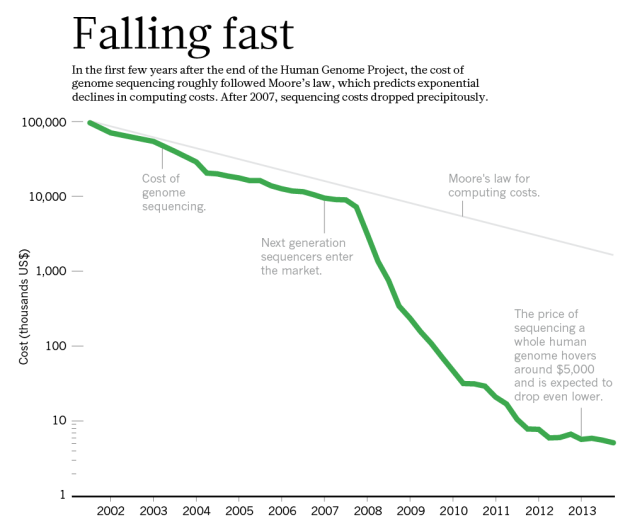The Brain is a Prediction Machine (Predictive Processing Theory)
Basic idea: the brain is made for predicting what it would perceive. And experiments show how it is using Bayesian inference.
Pristionchus pacificus is a nematode that can eat many kinds of foods. In this video, it uses a small tooth to puncture the cuticle of its prey, then sucks in the contents.The Celens (imma call C elegans that) come in two sexes: male and herm. Herms contain only about 300 sperm cells, after using them all, the herm cannot fertilize more eggs, unless it gathers more from mating with a male. Males cannot reproduce on their own and must mate with a herm to produce offsprings.
 |
| Bush Robot Scootaloo |
... this can produce a $10^{30}$ multiplier of achievable computation. We hence suggest the “aestivation hypothesis”: the reason we are not observing manifestations of alien civilizations is that they are currently aestivating...The phrase "That is not dead which can eternal lie" comes from a poem by H. P. Lovecraft, a philosopher ahead of his time who really understood how human thoughts matter little in a cosmic viewpoint.
Human chemists planning a synthesis tend to use a technique called retrosynthetic analysis. They draw the finished molecule and then pick it apart, erasing bonds that would be easy to form and leaving fragments of molecule that are stable or readily available.
 |
| Technology: The $1,000 genome (2014), Nature News |
DogStudies lab... have shown that dogs possess some "metacognitive" abilities -- specifically, they are aware of when they do not have enough information to solve a problem and will actively seek more information... a test in which a reward (food/toy) is placed by one researcher behind one of the two fences while another researcher held the dog. They found that the dogs looked through gaps in the fences significantly more often when they had not seen where the reward was hidden.Amusingly, looking through the gaps didn't help sometimes.
The researchers theorize that... the dogs get so excited about finding the reward, that they cannot stop themselves from approaching the closest fence even when they have seen that the reward is probably not there.
Neuropath (Bakker 2009) is a dramatic demonstration of the eliminative materialism worldview of the author R. Scott Bakker. It's very b...